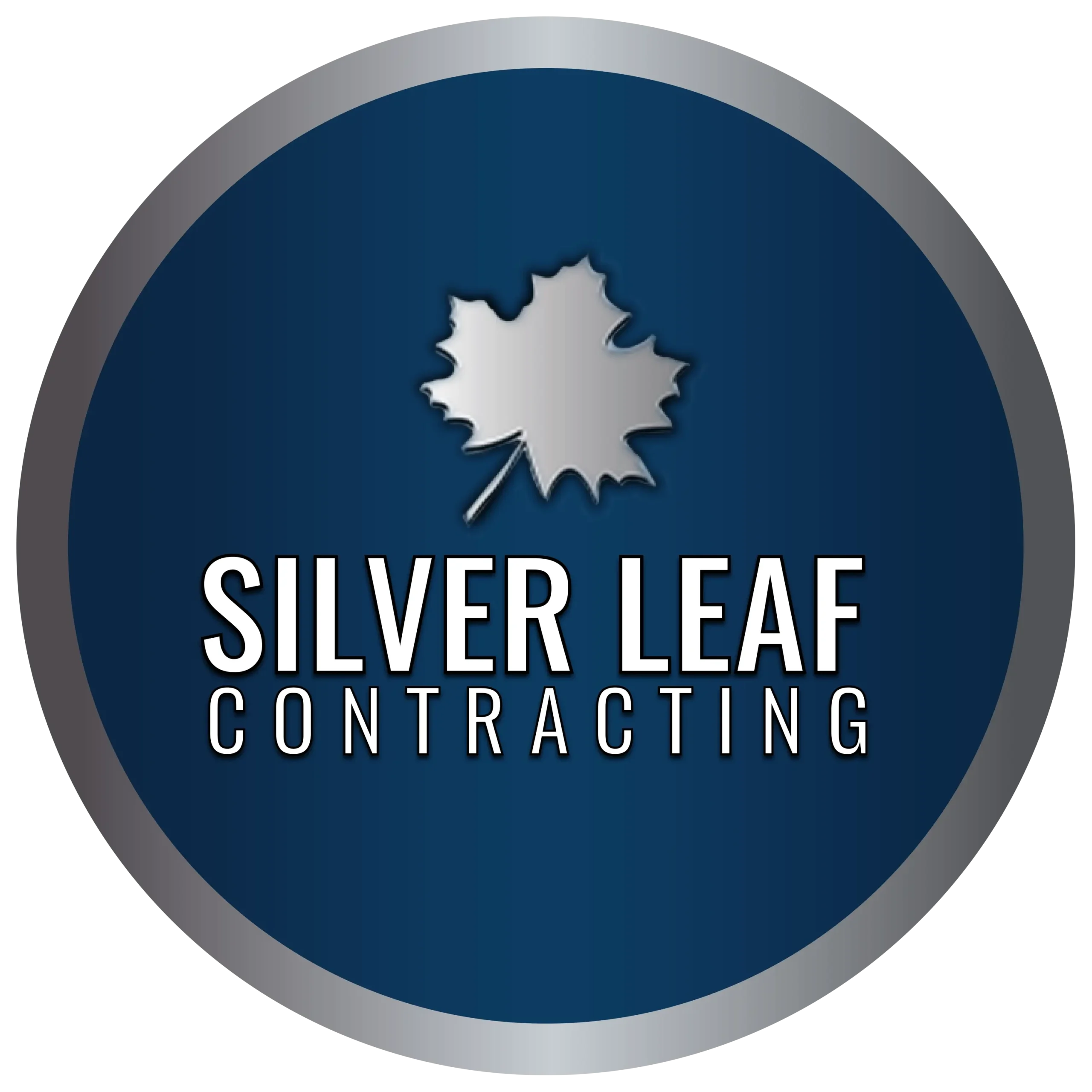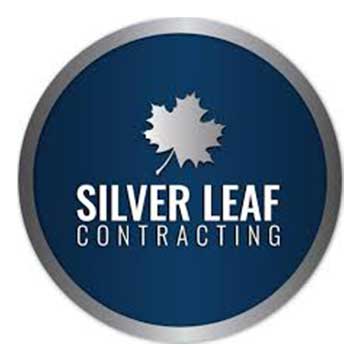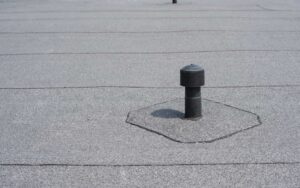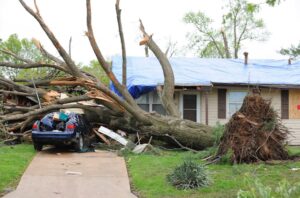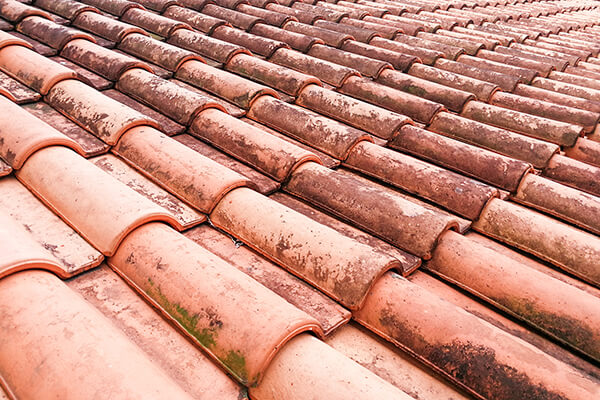
Molds slowly creep out and cover large parts of your roof. If you spot signs of mold infestation on your roofing, don’t panic! There are ways to restore its appearance and condition. Yes, it’s possible to get rid of molds using the right roofing tools and with the help of professionals.
In this blog post, we’ll talk about what molds are, why they appear and infest your roof, and ways on how you can stop them from coming back.
Before we get down to the details, let us first define what molds are. It’s important that we know what they are so that we may also understand what triggers them.
What are Roofing Molds?
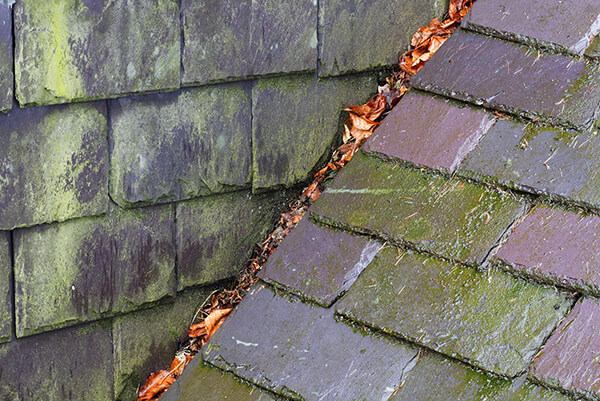
If you happen to be in humid regions or coastal areas, your roofing becomes more prone to plant and mold growth. It’s because they thrive in damp and moist areas. Molds usually cause discolorations. They also form black streaks and blotchy marks which normally start at the edges of the roof and then spread all over. These dark streaks are scientifically called Gloeocapsa Magma (GM) or simply molds. This type of cyanobacteria thrives by means of photosynthesis and by consuming shingles’ limestone fillers.
It could be scary because molds travel through the air. However, they only survive in the appropriate environment. As mentioned, their most common breeding grounds are moist surfaces.
Signs of Mold Infestation
There’s a difference between just a dirty roof versus the one infested by molds. If it’s just covered with mud, dirt, leaves, and all kinds of debris, you can easily brush and clean them off. However, if there are molds, it’s a totally different story. It is not just an unpleasant sight to look at but it could also lead to health issues and damage to the structural integrity.

These are some signs that your roofing is probably suffering from mold infestation:
Roof Leaks
There are many factors that can lead to roof leaks. However, one of the most common reasons is moisture penetration. When there’s moisture, it’s so easy for molds to proliferate and spread. If you see water stains from the inside and spot water dripping from the roof, it’s time to check if there are molds present on the roof surface as well. To be sure, let a professional roofing contractor inspect your place so that they may access the damages properly.
Musty Smell
Be more observant not just on the physical appearance but also on the smell that’s coming from the roof. If you start to smell musty foul odor even if there are no visible stains or signs, it could be mold growth. Do not regard these tell-tale signs as they could cause health concerns especially in children and infant. Molds that blend with the air can trigger allergies and infections.
Discolorations and Marks
For sure, you will be able to tell if there’s something off about your roofing’s appearance. If it lost its vibrant colors and start becoming dull and dark, then molds could be the culprit. Dark spots, streaks, and marks are very obvious as it can deliberately change the way your roofing looks from the outside. When your roofing’s curb appeal decreases, act on it immediately by seeking professional roof mold removal services.
The Right Roofing Tools to Combat Molds
If you notice these unwanted stains on your roof coverings, it’s not the end of the road for them. There are ways to stop it from proliferating even further. The question now is how to properly remove molds without damaging your roof and what are the right roofing tools? Keep reading to find out the answers.
Here are some simple tips that you can follow:
Spray with Bleach and Water
The idea is to kill the bacteria and remove the stains. As a homeowner, of course, you want to restore the beauty of your roofing. In the first place, it’s a major investment and you would want to protect it at all cost. One basic tip is to create a mixture of 50% bleach and 50% water. You can spray this directly on the affected areas. Be careful not to damage areas that do not need to be in contact with bleach. Also, it’s not recommended to use pressure washers as it may damage the shingles especially if they are worn out already.
Important reminder: Not everyone is advised to access their roofing for procedures like this. Always consult a professional roofer before doing so to prevent accidents and more damage to property. Once you get clearance from your trusted roofing partner, gather important roofing tools such as a sturdy ladder, safety gears (gloves, mask, hard hat, etc.), spray, and the mixture. Do not ever attempt to go up your roof if you don’t have the experience and skills. This is for your own safety.
Scrub-Off Molds
Once the molds on your roof have been exposed to the bleach and water mixture, it tends to loosen up. This is an opportunity for you to scrub them off to completely erase the marks and stop the bacteria from growing back.
Note that molds could be toxic when inhaled so make sure that you are wearing the proper gears including a mask.
After scrubbing molds off, rinse it with fresh water as bleach is a strong chemical.
Install Zinc or Copper Strips
This step is tricky because it involves specific roofing skills. Zinc and copper are known to have innate antimicrobial properties. During rainy seasons, traces of molds and algae will slide down to the edges where zinc and copper flashings are present.
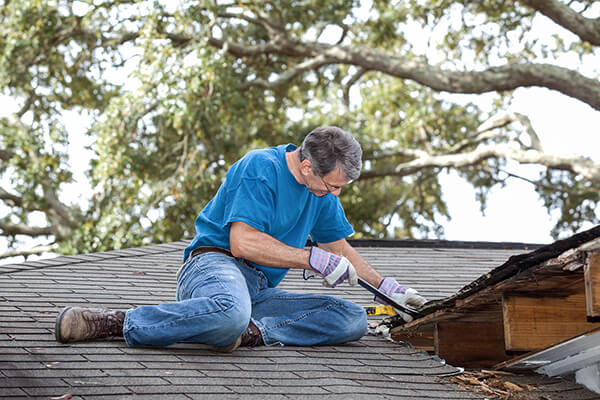
Installation of zinc or copper flashings is a complicated task. You need the right roofing tools and the skills as well. Poor workmanship will result in more damage to your roofing. It becomes more of a problem than a supposed solution. Hence, we advise our readers to contact their local roofer to handle these roofing projects.
Tips to Protect Roofing from Molds
Molds are undeniably harmful both to your property and your health. It can go unnoticed until it reaches the point where structural integrity is compromised. We don’t want these things to happen because we know how much you’ve worked hard just to product a beautiful roofing. These are some of the most important reminders to keep your roof free from molds and other plant growth.
Plan Preventive Maintenance Procedures
Like with our own health, we always say that prevention is better than cure. Same goes for our roofing. If you live in areas susceptible to plant growth, develop a preventive maintenance program with your trusted roofer. In this way, you combat the growth of molds and keep them off at all times.
Schedule Regular Estimates
This applies to all and not just for molds. Regardless of what issues you want to control or look after, you need to schedule regular estimates to be conducted by experts. Trained professionals are equipped with the right training to detect issues even before they arise.
Follow Recommendations of Your Roofer
Assessments and recommendations from experienced roofing companies are essential in prolonging the life of your roof. While no roofing can last forever, you can help extend the life of your property if you choose to listen to industry based insights. For instance, they can recommend the type of roofing system to match your area’s weather condition and many other things that you can follow in order to maximize your investments.
Keep Track of Your Roofing’s Age
Aging is a big factor. It affects the overall performance of your roof. To better understand its stability, you also need to keep track of its age. While there’s no definite age limit, you will definitely know if your roofing is already aging due to external factors like sun exposure, harsh weather conditions, and more. If you are aware of your roofing’s condition, you’ll be able to prepare for your succeeding actions.
The Bottom Line
While the steps and tips we shared above are useful in stopping mold growth, they may not bring long-term solutions. There are other ways to solve your roofing problems professionally that are guaranteed to be more safe and effective. For instance, roofing experts can recommend different types of shingles that can resist molds especially if you live in a humid area. It’s important to keep in mind that they have the skills and proper roofing tools to fix the problem areas completely.
To get the best value for your investments, always seek professional advice and services. DIY roof repairs may work but there are risks involved. One of them is the risk of falling. Avoid these accidents and experience the best roof repair solutions by getting in touch with our team. Call us today at (330) 915-8865.
